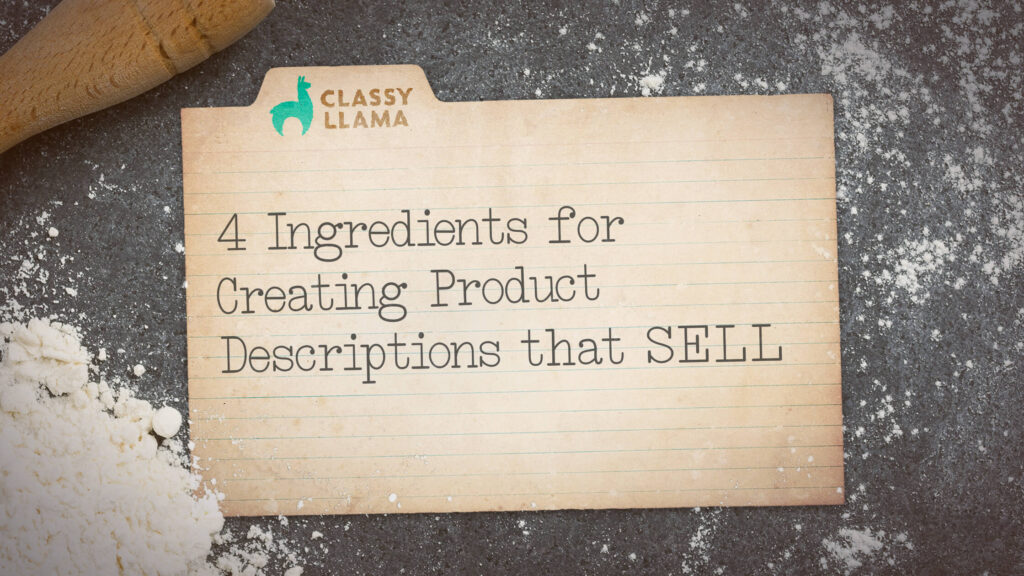4 Ingredients for Creating Product Descriptions that Sell

Creating effective product descriptions is essential for your eCommerce business. Given that when shopping online the image and the product description are the only sales pitch your customers will get for your products, properly describing and persuading your shoppers through description is crucial to success. Not only that, online shoppers are more savvy than ever, […]
Optimizing Your E-Commerce Conversion Rate: Analyzing and Improving Traffic Quality
Variable #1: Traffic Quality If you sell pencil sharpeners, and most of your traffic is redirected from a Youtube video that shows a guy balancing a pencil sharpener on his nose, it’s not very likely that the visitors to your site are interested in purchasing pencil sharpeners. Your bounce rate will likely be sky-high. I […]
Open Letter to Facebook: No-Brainer PPC Advertising Improvement (Recent Status Change Targeting)
There’s something important missing in Facebook PPC targeting! Hi, Facebook. First. I love so many of the things you do. In fact, I wanted to talk to you about one of them today: Your PPC advertising platform. Except, instead of gushing about how awesome it is (which I believe), I wanted to offer instead an […]
The Three Keys to Boost E-Commerce Revenue
Introduction No matter what you sell online, there are three core constituents to revenue: Traffic, Conversion Rate, and Average Order Size. In fact, it’s a cubic equation: Revenue = Traffic (#) x Conversion (%) x Average Order Size ($). So if you generate 21,000 visits in a month with a conversion rate of 3.00% and […]
